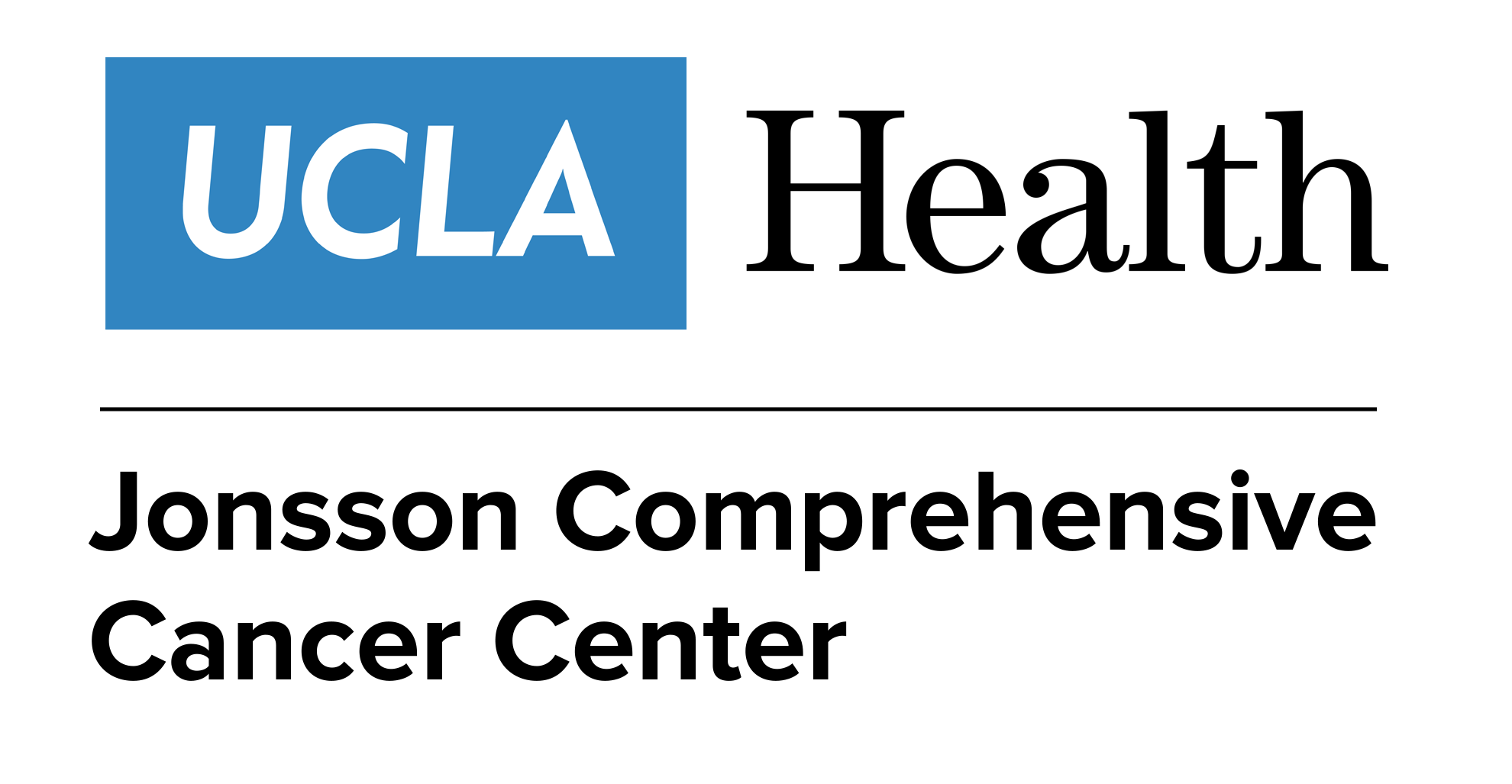- Advertise
- About OncLive
- Editorial Board
- MJH Life Sciences brands
- Contact Us
- Privacy
- Terms & Conditions
- Do Not Sell My Information
2 Clarke Drive
Suite 100
Cranbury, NJ 08512
© 2025 MJH Life Sciences™ and OncLive - Clinical Oncology News, Cancer Expert Insights. All rights reserved.
More Data Are Needed For EGFR-Targeted Agents in NSCLC
Edward B. Garon, MD, discusses the landscape of EGFR-targeted therapy in non–small cell lung cancer.
Edward B. Garon, MD
The landscape of EGFR-targeted therapy in non—small cell lung cancer (NSCLC) is characterized by gains in survival as well as toxicities and novel resistance mechanisms, Edward B. Garon, MD, director of thoracic oncology at the Jonsson Comprehensive Cancer at the University of California, Los Angeles, explained in an interview with OncologyLive®.
What are some of the most promising EGFR-targeted therapies approved in the frontline setting for NSCLC?
How has developing targeted agents in EGFR-mutated, and ALK-rearranged, lung cancer improved the discovery of targeted agents in other types of cancer?
How will using new EGFR-targeted agents in the frontline setting change the patterns of resistance and perhaps the sequencing of therapies?
From a scientific and drug development point of view, what are the next steps for EGFR-targeted agents?
Limitations persist in comparing the relative values of new versus first- and second-generation therapies, partly due to the need for evidence-based data, Garon said. However, the pharmaceutical sector is showing willingness to develop therapies for subpopulations in this disease type, having overcome reservations based on uncertain financial rewards of doing so. In addition, the amount of research into resistance mechanisms is increasing, boding well for useful insight into treatment selection.Garon: Osimertinib [Tagrisso] has shown superior progression- free survival [PFS] compared with gefitinib [Iressa] or erlotinib [Tarceva] in the initial management of EGFR mutant non—small cell lung cancer. Afatinib [Gilotrif] has also shown a PFS advantage over gefitinib. The magnitude of the benefit appeared greater for osimertinib, although osimertinib and afatinib have not been directly compared. Also, the toxicity profile of osimertinib is generally quite good, while some of the classic EGFR inhibitor toxicities, including dermatologic and gastroenterologic toxicities, have been more problematic with the other agents mentioned above. There are data from 2 trials in Japan showing a PFS advantage of adding bevacizumab [Avastin] to erlotinib. Based on limited follow-up or methodologic issues, we have not yet been able to truly assess whether this regimen improves survival. Although this regimen is not approved in the United States, it is approved in some countries. Dacomitinib [Vizimpro] is the other approved agent. This has significant EGFR inhibitor toxicities, but it represents an impressive improvement over gefitinib with respect to PFS. Dacomitinib also showed a benefit in overall survival. A preliminary survival evaluation of osimertinib looked numerically impressive, but it did not meet the statistical threshold for superiority at this early evaluation. Additional data are awaited.It is hard to convince current trainees of this, but it wasn’t long ago that pharmaceutical companies were reluctant to target a subset of a histology, fearing the financial viability of agents targeting restricted populations. We are now seeing more and more biomarker- driven groups being evaluated. In addition, we are starting to see histology-agnostic approvals, where the biomarker, not the location of the primary tumor, is the determinant in the choice of treatment.To date, less is known about the resistance to agents other than erlotinib and gefitinib. Impressive PFS has been seen with dacomitinib and the regimen of erlotinib plus bevacizumab followed by osimertinib at the time of progression in those with a T790M mutation. However, it’s unclear whether the resistance mechanisms are the same in these alternate regimens as compared with single-agent erlotinib or gefitinib. One change is that in patients treated with osimertinib, there is not substantial selective pressure on the cell to have a T790M mutation. A percentage of patients have a mutation at the C797 binding site at the time of progression on osimertinib, but the majority do not. There is a great deal of ongoing investigation into the resistance seen after frontline osimertinib.We are awaiting mature survival data for osimertinib as well as erlotinib plus bevacizumab. There will be data forthcoming from a phase III trial of erlotinib plus the antiangiogenic [agent] ramucirumab [Cyramza]. The next steps are likely to be a better definition of resistance mechanisms to osimertinib and studies evaluating subgroups of those patients felt to respond to specific agents, generally in combination with an EGFR inhibitor, based on the biomarkers seen at the time of resistance.


